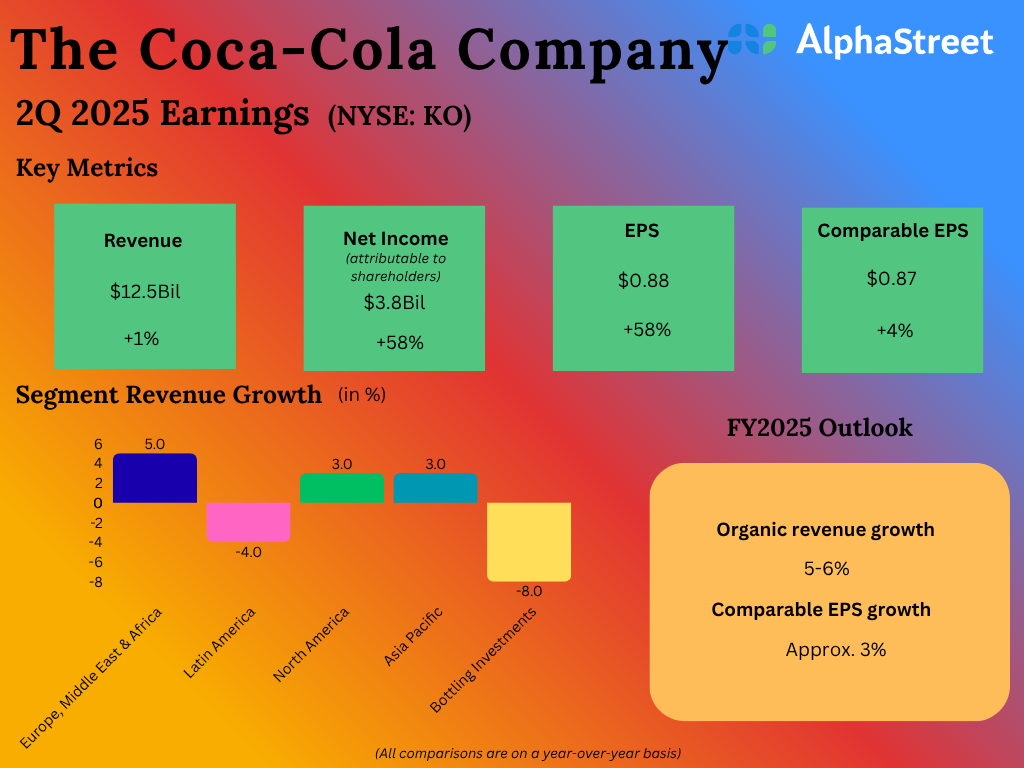Asian businesses account for a significant 51% of global emissions showing their pivotal role in advancing efforts to mitigate climate change. In order to address the climate crisis in Asia, the Asian Development Bank (ADB) has estimated that investments averaging approximately $1.7 trillion annually until 2030 are required.
One of the most significant areas that need to be phased out is the region’s coal-fired power plants which make up 60% of the energy supply for Asia Pacific (Apac) and a third of carbon emissions.
According to Gillian Tan, assistant managing director (development and international) and chief sustainability officer of the Monetary Authority of Singapore (MAS), the solutions to meet this costly phaseout include ‘blended finance’ and a recently announced initiative by the Monetary Authority of Singapore (MAS) called ‘transition credits’.
Elaborating on blended finance, which combines public and private finance for ESG projects, Tan, speaking at the Singapore Fintech Festival last month, highlighted that “while the concept of this financing is great, it is not achieving scale as each transaction needs to be negotiated on a stand-alone basis. There is a huge reliance on concessionary / public capital for blended financing, and there seems to be a shortage of this capital.”
“[Singapore’s] central bank has therefore been working on a new calls of carbon credits called ‘transition credits’ that would be generated from the early retirement of a coal plant and its replacement with cleaner energy sources that demonstrate irreversible action to reduce emissions at source”, noted Tan.
“They could be classified as high-quality credits and differentiated from existing avoidance credits. These transition credits must be aligned with the Core Carbon Principles (CCP) set out by the Integrity Council for the Voluntary Carbon Market (ICVCM). They should also meet the principles of additionality, where early retirement would not have occurred without the transition credits, and permanence, where safeguards ensure the carbon emissions are irreversible,” she added.
MAS has announced two pilot projects for transition credits. One is with Asian energy firm ACEN and the Rockefeller Foundation’s Coal-to-Clean Credit Initiative designed to accelerate the retirement of the South Luzon Thermal Energy Corporation coal plant in the Philippines. Climate Smart Ventures, an advisory firm focused on energy transition, is coordinating the project. The other pilot is with the ADB to advise the Philippines’ government over the retirement of a coal plant in Mindanao under ADB’s Energy Transition Mechanism.
In addition, MAS, ADB and the Global Energy Alliance for People and Planet (GEAPP) have signed a memorandum of understanding at COP28 to explore the credits further and with the aim of raising up to $2 billion in concessional and commercial capital from “like-minded” partners.
Unlocking the climate transition
Tan was speaking at the SFF on the ESG Stage on a panel entitled Unlocking the Climate Transition.
Tan said, “The climate issue is here and today. It’s impacting financial institutions (FIs), the way they do business, and the way they price risk. It is therefore unsurprising that expectations from FIs have gone up. More is expected from them by governments, regulators, shareholders, and asset owners, and this momentum is growing.”
In a further sign of action, in October 2023, MAS issued Guidelines for Financial Institutions on Transition Planning for a Net Zero Economy. The guidelines are for transition planning by banks, insurers and asset managers, to enable the transition to a net zero economy.
Tan said that financial institutions should prioritise engagement over divestment to guide their customers and investee companies through a smooth transition.
MAS also acknowledged the importance of sector-specific pathways for effective collaboration between customers and FIs, with further efforts required in this regard. Tan added that even if FIs initially experienced a short-term rise in emissions while supporting clients through transition, MAS considered this acceptable as long as there was a long-term plan leading to positive climate outcomes.
An asset owner’s perspective
Focusing on what the private sector needs to achieve, Diana Guzmán, group director ESG at Prudential, said at the SFF, “Taxonomies and plans of how countries will transition and a sectoral lens to this are important. When allocating funds to facilitate transitions in countries, we seek positive, transformative and catalytic impact.”
She continued: “As long-term investors, the materiality of these countries transitioning to net zero in an equitable manner is crucial for our business, aligning responsibility with the sustainability of a long-term insurable world.”
“The social dimension is pivotal in taxonomies. For example, retiring coal plants must consider the transition of workers involved, highlighting the inseparability of climate and social transitions,” Guzmán added.
Guzmán also highlighted “the need for trustworthy and comparable data through standardisation. For example, FIs need to assess the climate change impact of portfolio companies through annual climate stress testing. The effectiveness of current models for precisely estimating and pricing risks is being questioned in an ongoing debate”
“Will investors be able to obtain better data and models because of technological and AI advancements?”, she asked.
Tan agreed with the need for data by FIs and how MAS’s Project Grnprnt provides a digital platform for seamless ESG data collection and access.
Regarding the financial component of the shift, Guzmán stated that “the blended finance approach needs to be scaled. Development Finance Institutions (DFIs) have the ability to increase their impact through the endorsement of tried-and-tested local initiatives like guarantee mechanisms. Using guarantees, for example, to raise the credit rating of a Vietnamese company issuing green bonds.”
“Although we actively consume guarantees, attaining the necessary size and tenor is the challenge,” she continued.
The measurability and traceability of the impact being created is another key aspect noted Guzmán. “As investors, we are constantly looking at how can we better trace the impact of the capital being deployed by us. It is also important to see how to increase the carbon offsets integrity”, she said.
SMEs
Small and medium enterprises (SMEs) also have a significant role to play.
Chen Leiming, chief sustainability officer of Ant International and senior vice president of Ant Group, commented: “For larger corporations, green disclosures are relatively easier due to ample resources. However, with small and medium enterprises (SMEs), we strive to minimise costs associated with green disclosure. Leveraging technology, we enhance their rating capabilities and facilitate accessibility to green financing.”
Leiming highlighted three focus areas for Ant — namely “instigating a paradigm shift in mindset, promoting the adoption of environmentally sustainable practices and fostering widespread participation in ESG, and facilitating SMEs’ access to green finance through technological innovation.”
Alarming stats show urgent need for change
The MAS has made a phase-out of coal as one of its priorities. MAS’s Tan provided some statistics to help put the priority in perspective:
- A third of Apac’s total greenhouse gas emissions originate from the region’s coal-fired power plants.
- More ominously, if they continue to operate as planned, they will exhaust two-thirds of the carbon budget that is remaining to keep the rise in global temperatures from increasing to within 1.5 degrees Celsius (above pre-industrial temperature levels)
- Roughly 60% of the energy produced in Apac comes from coal.
- On average, coal plants are less than 15 years old
- Asia accounts for 80% of the 8.4 million workers in the coal industry worldwide.
- Emerging markets and developing economies outside of China need to invest roughly $500 billion by 2030 to ensure a safe transition away from unrelenting coal use
¬ Haymarket Media Limited. All rights reserved.








































